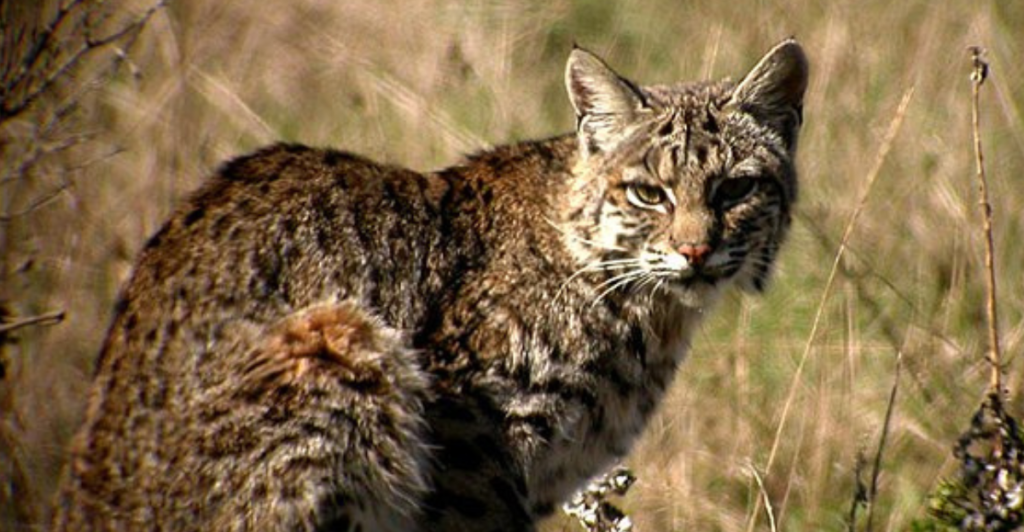
Bobcats are among North America’s most adaptable and resilient wild cats. They have thrived for thousands of years despite human interference, habitat loss, and widespread persecution. Today, conservation efforts are helping these elusive animals survive and thrive, shedding light on their ecological importance and the need to protect them. This article explores the history, beauty, and significance of the bobcat and the ongoing efforts to conserve this remarkable species.
Ancient Cats of North America

When early human colonizers arrived in North America, the continent was home to a variety of cat species. From the American Lion and Saber-tooth Cats to the Jaguar and Bobcat, these magnificent predators ruled the land. Unfortunately, many large cats like the American Lion and Cheetah fell victim to overhunting and the loss of their primary prey, the mega-herbivores. Only a few species, such as the Cougar and Bobcat, managed to survive in diminished numbers and ranges.
A Survivor in a Changing World
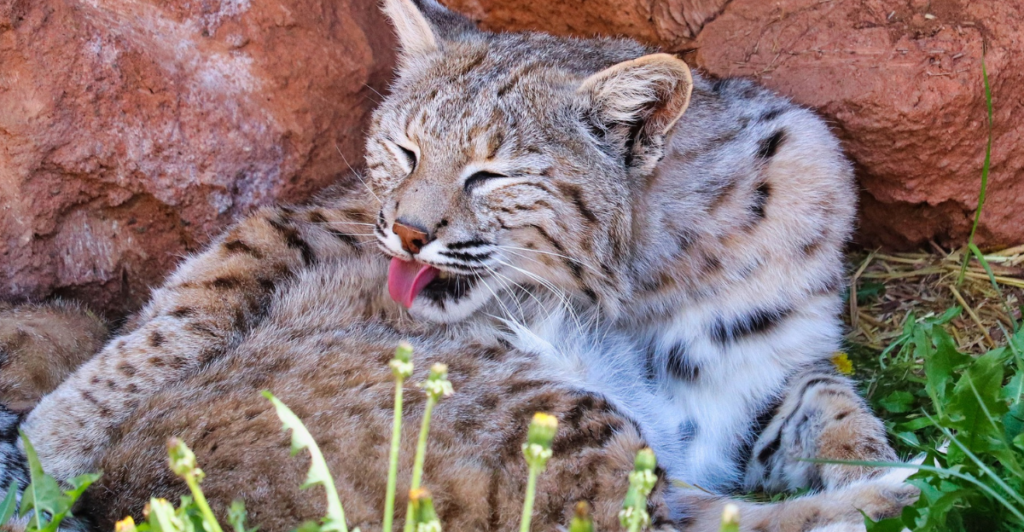
The bobcat, named for its distinctive short tail, has proven to be one of the most tolerant wild cats when it comes to human activity. Their range still spans most of North America, south of the Arctic. Bobcats have adapted to various environments, from Georgia’s swamps to Minnesota’s forests and California’s grasslands. Their ability to thrive in diverse habitats speaks to their resilience as a species.
A Peek into Bobcat Habitat

Bobcats prefer rocky hills, forests, and meadows for hunting, as well as swamps and frozen ponds where they patrol for prey. They are primarily nocturnal, active during dawn and dusk, and avoid getting too close to humans. In protected areas, however, bobcats can occasionally be seen during the day. These encounters offer a rare and thrilling glimpse into the life of this secretive predator.
The Bobcat: Beauty and Strength

Imagine a housecat with 15 pounds of added muscle, enhanced athleticism, and unmatched symmetry—this is the bobcat. With their spotted coats, short tails, and piercing eyes, bobcats are a stunning representation of nature’s artistry. Their beauty, however, has made them a target for sport hunters and trappers, who value their pelts more than their ecological role.
The Push for Bobcat Hunting

Despite public support for protecting bobcats, many states still allow hunting and trapping seasons. In New York, for example, wildlife officials expanded bobcat hunting under pressure from a small group of sport hunters. Other Northeastern states face similar challenges, with ongoing debates about whether bobcats should be hunted for recreation or preserved for their ecological importance.
Bobcats’ Role in Forest Ecosystems
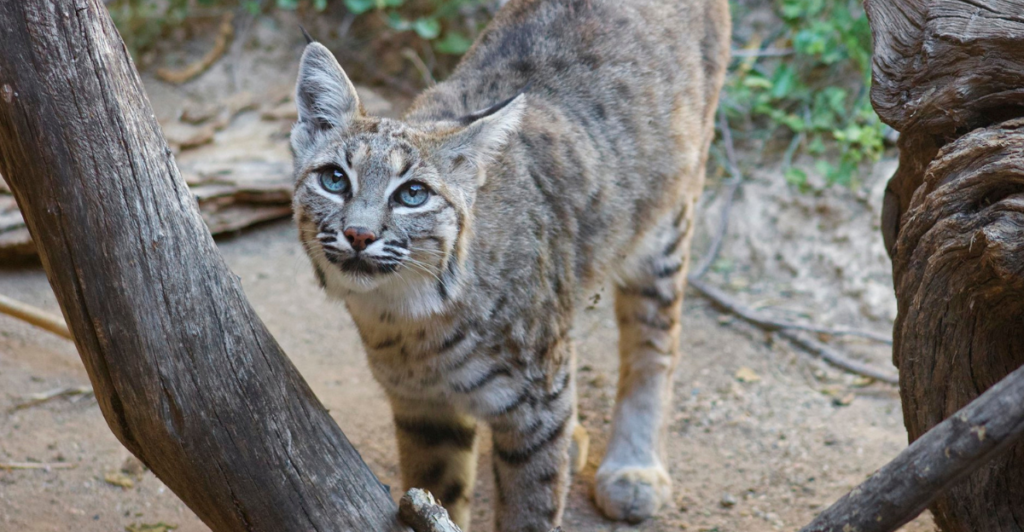
Bobcats play a vital role in maintaining balance within forest ecosystems. They are efficient predators of rabbits and rodents, helping control populations of these herbivores. Occasionally, bobcats prey on weak or injured deer, which indirectly benefits forests by reducing overbrowsing. Their presence is crucial in a landscape where natural predators like cougars and wolves have been eradicated.
The Ethical Argument for Protection

Carnivores, including bobcats, reproduce slowly and have few natural predators. They are intelligent animals with complex behaviors and important ecological roles. Persecuting these animals through excessive hunting and trapping disrupts ecosystems and raises ethical concerns. Protecting predators like bobcats is not only ecologically sound but morally necessary.
The Bobcat-Lynx Connection

The Canada Lynx, a close relative of the bobcat, faces its own challenges in the Northeast. Climate change and habitat loss have made lynx populations fragile, particularly in Maine, New Hampshire, and Vermont. Since bobcats and lynx look similar, hunters and trappers could mistakenly kill lynx while targeting bobcats. This risk makes it even more critical to protect bobcats and their habitats.
The Economic Value of Bobcats
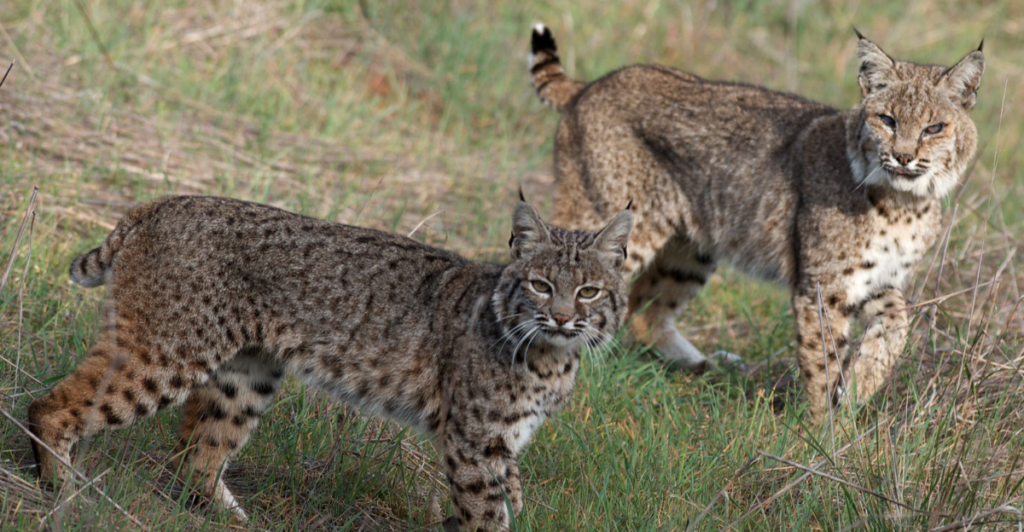
Bobcats are worth far more alive than as pelts or trophies. Wildlife watching and tracking opportunities generate interest in conservation and ecotourism. Seeing a bobcat in the wild, or even following its tracks across a frozen swamp, is a rare and unforgettable experience. Protecting bobcats ensures that future generations can enjoy these thrilling encounters.
Conservation Success in New Hampshire
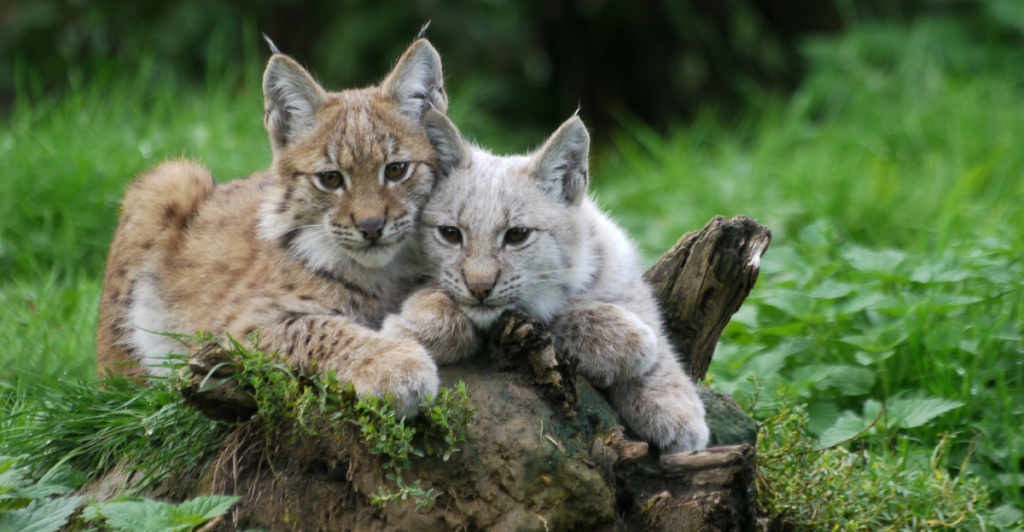
New Hampshire provides a hopeful example of what happens when bobcats are protected. The Granite State has seen a resurgence in its bobcat population after halting hunting seasons. The state’s forests are richer for it, demonstrating the benefits of prioritizing conservation over exploitation.
A Call to Action for Conservation
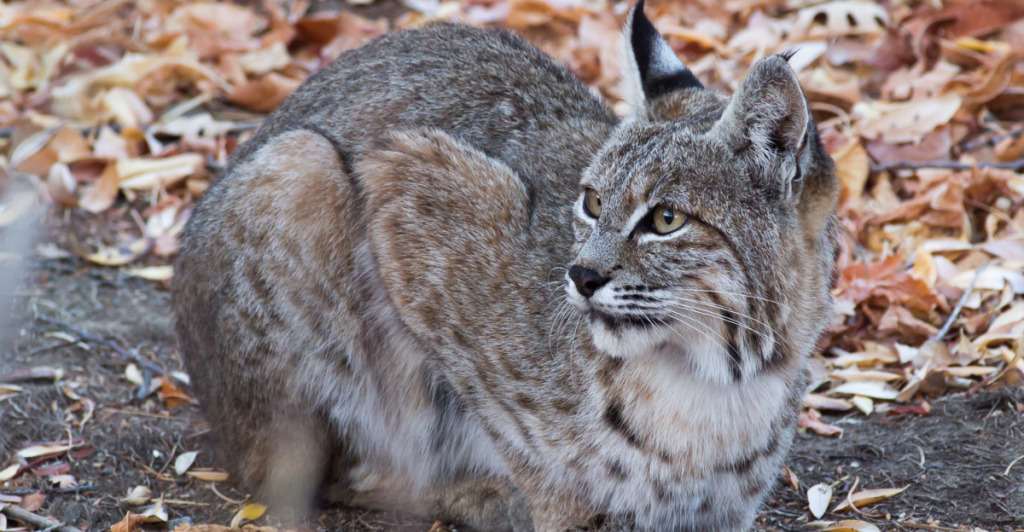
The resilience of bobcats is a testament to their ability to adapt, but they still face significant threats. Conservation efforts are essential to ensuring their survival. Protecting bobcats also supports broader efforts to restore natural predators, improve ecosystem health, and preserve North America’s wildlife heritage.
Appreciating the Bobcat’s Beauty

Bobcats are a symbol of strength, adaptability, and natural beauty. Their survival depends on our willingness to value them as more than just game or trophies. By supporting conservation initiatives, we can honor the role bobcats play in our ecosystems and protect them for generations to come. Rare glimpses of this iconic predator remind us of the wildness still left in our world—a treasure worth preserving.
Stay connected with us for more stories like this! Follow us to get the latest updates or hit the Follow button at the top of this article, and let us know what you think by leaving your feedback below. We’d love to hear from you!







